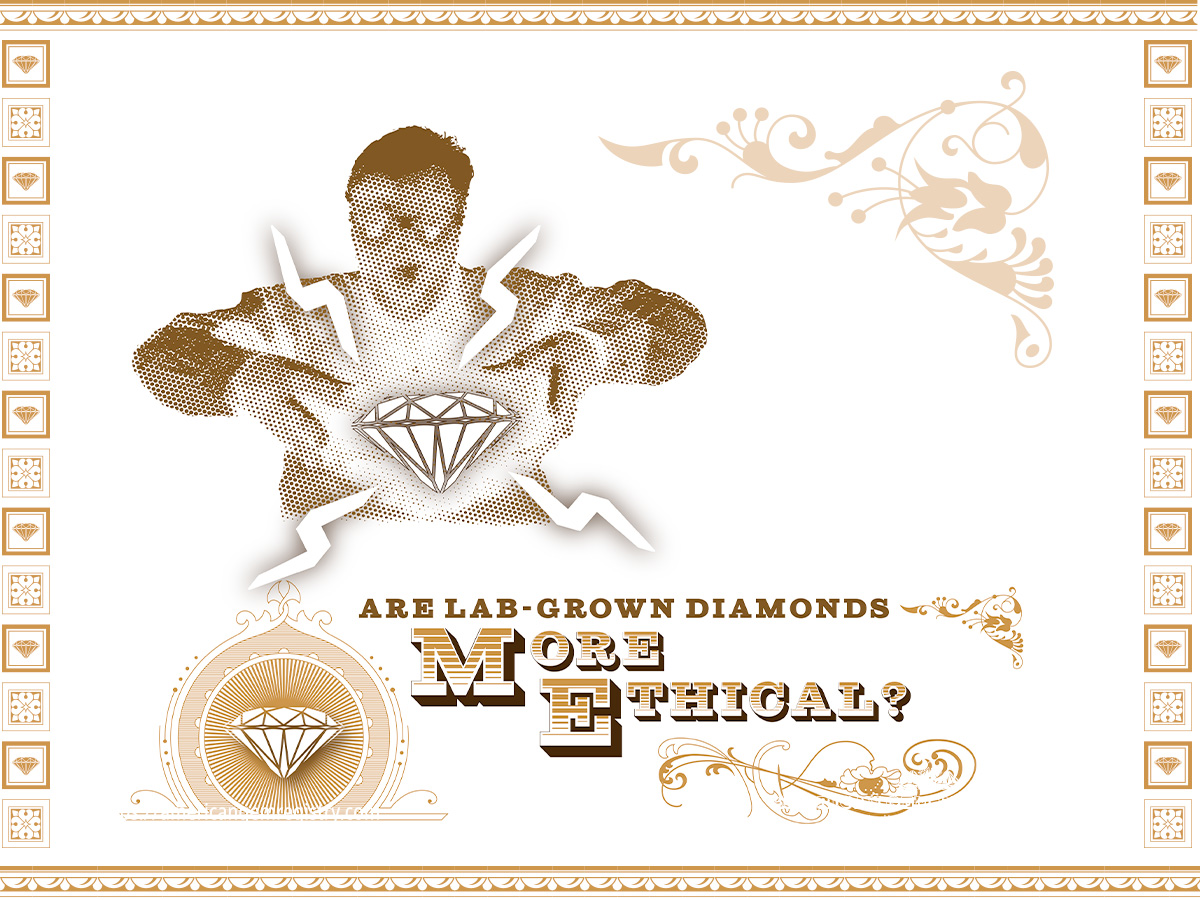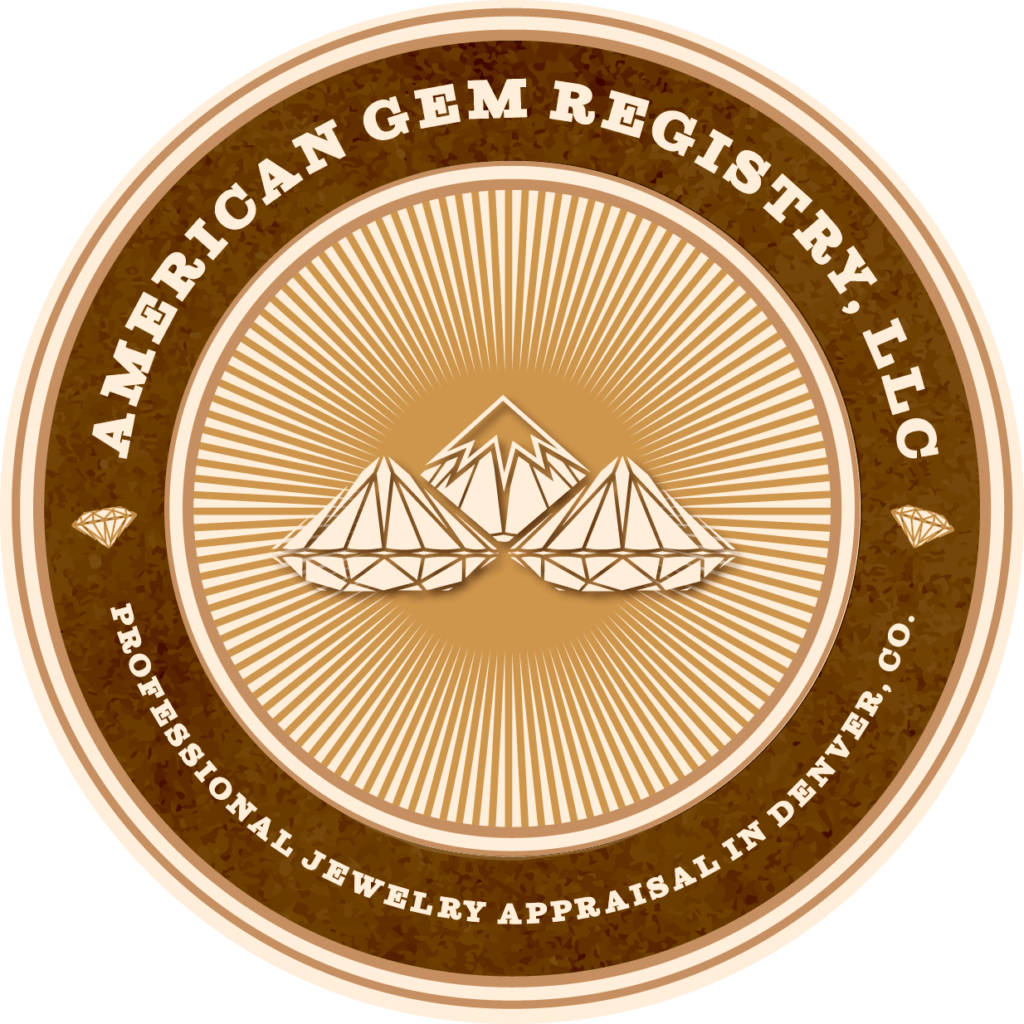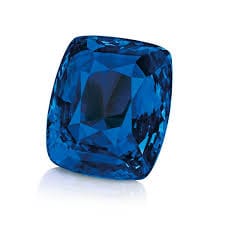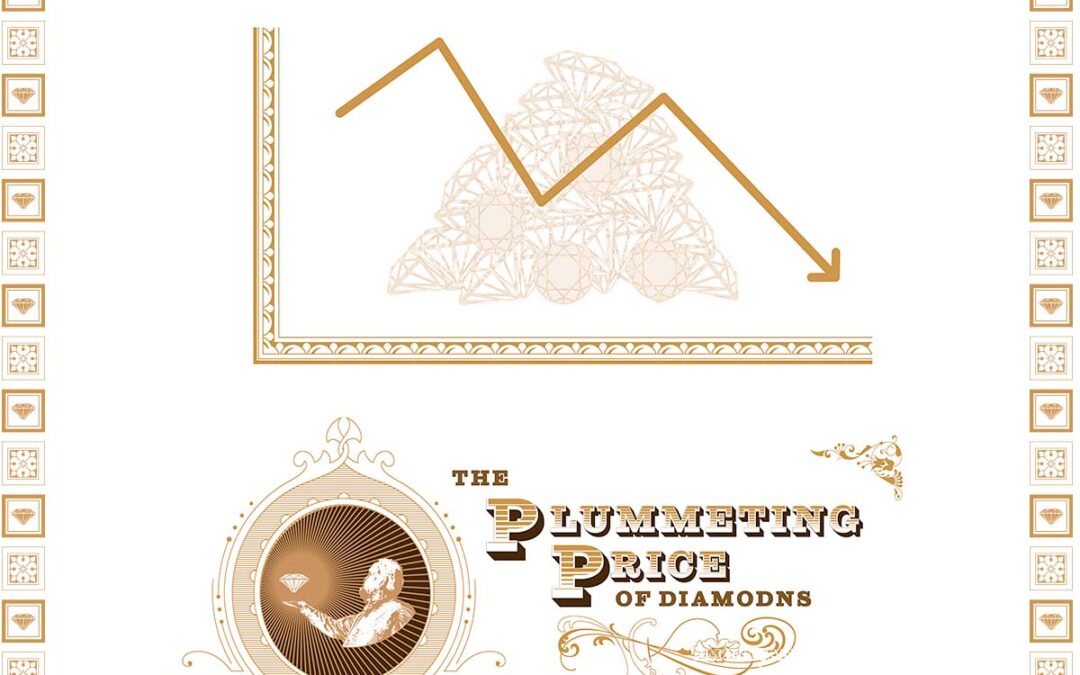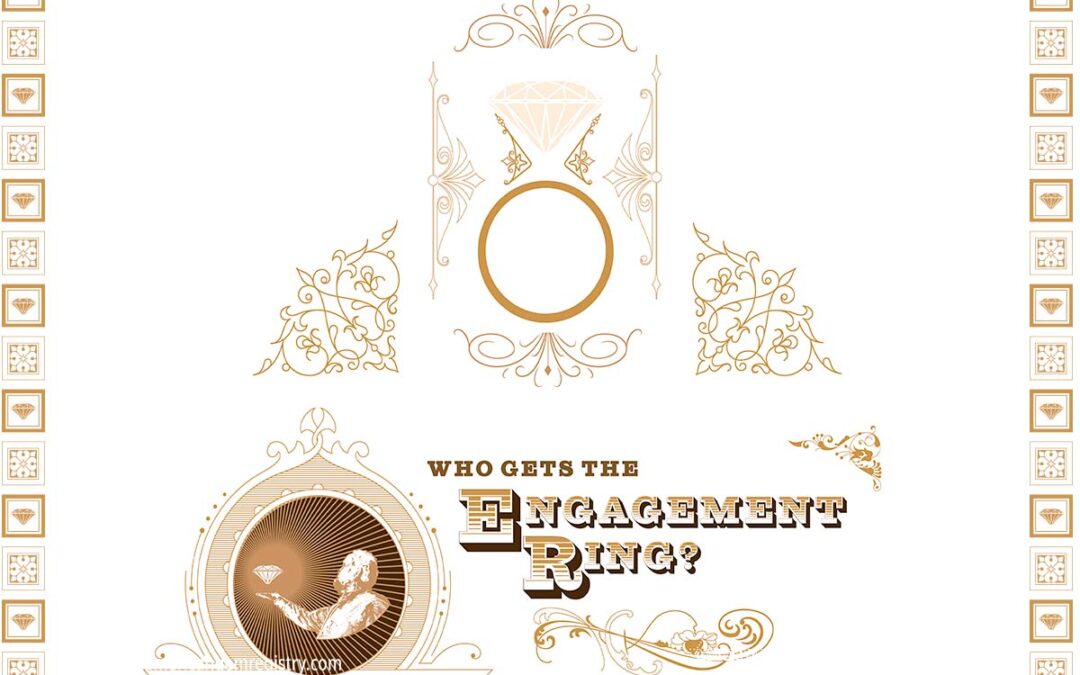Are Lab Grown Diamonds More Ethical
A funny thing has happened in the diamond business in the last 10 years or so. Man made, or lab grown diamond sellers have successfully changed the diamond narrative from a technical one about size, weight, clarity, color, etc. to one about ethics. Labor relations. Environmental stewardship. That sort of thing. It was a bit of a blindside for what is laughably called a ‘mature’ industry. Diamonds have been produced, processed, and sold in roughly the same way for over 100 years, after all. Then synthetics came along.
Summary
- The FTC Defined a diamond as “a natural mineral consisting essentialy of pure carbon crystallized in the isometric system.”
- This definition changed in 2016, and the word “natural” would be removed from the definition.
- It was first argued that lab grown diamonds and natural diamonds were optically identical, but this can be proven false with some specialized equipment that jewelry appraisers usually have.
- Natural Diamonds are often citied for their labor issues, famously related to “blood diamonds.”
- Natural Diamonds are mined which is often destructive, but it is better than it used to be.
- Lab Grown Diamonds use enormous amounts of power, usually produced by coal.
- Ultimately, lab grown diamonds cost 1/4th what natural diamonds cost.
Lab Grown Diamonds and the FTC
The Federal Trade Commission (the FTC) has opinions on this sort of thing and, when they first wrote the guidelines in 1956, they defined a diamond as “a natural mineral consisting essentially of pure carbon crystallized in the isometric system.” That went unchallenged for the next 56 years until 2016 when it was pointed out that diamonds could be synthesized by humans, just like nylon and vitamins.
There followed 6 years of back and forth between the FTC and various industry representatives and they ended up dropping “natural” from that definition. “Origin” is not what makes something a diamond.
They also agreed that man-made diamonds were importantly different from ones that came from a mine, and that this should be disclosed to the end consumer, but they didn’t agree on exactly how that disclosure was to be done.
In the end, mined diamonds can use the unqualified word “diamond” and manmade equivalents must apply a modifier that must be “immediately accompanied, with equal conspicuousness” by one of the following terms: laboratory-created, laboratory-grown, [manufacturer name]-created, or by some other word or phrase of “like meaning.”
“Synthetic” even though it’s scientifically accurate and was previously widely used with other man made gems, was NOT included in that list beyond its inclusion in “like meaning”. It’s allowed, but the S-word has all but disappeared and they are now widely known in the trade as Lab Grown diamonds, or LGDs. Meanwhile, mined diamonds were made by God, not some factory in China, so the purveyors of natural diamonds would argue. So there.
Score one for the growers.
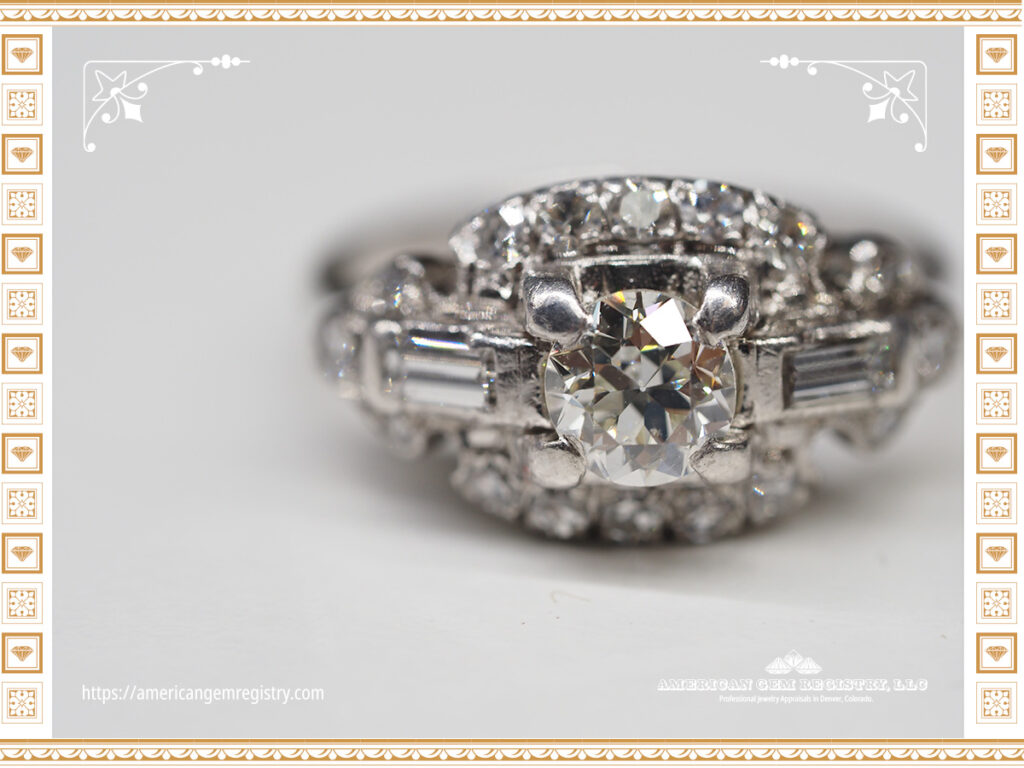
But Natural Diamonds and Lab Grown Diamonds Are Identical…Right?
Then the whole discussion took a detour: the growers argued that lab grown diamonds are optically identical to their mined equivalent. No one can tell the difference, they said.
This is simply not true. I can. I can name hundreds of other people who can do it. It’s not even all that difficult, but it does usually involve some specialized tools. I do it nearly every day, and it’s purely an optical test. It’s even become a significant part of my job. There are labs like GIA who are making big money doing exactly this.
The argument is, quite simply, provably false. Natural Diamonds and Lab Grown Diamonds are optically different from each other.
Score one for the miners.
I rarely see this ‘optic’ argument made any more, and now the marketing and discussion has become a bit more ephemeral. Growers call their product more ethical, and they base this on two claims: Labor equity and environmental stewardship.
Labor Equity
Nearly everyone has seen “The Blood Diamond” movie. It’s a 2006 industry hatchet job staring Leonardo DeCaprio and is set in Sierra Leone during their spectacularly uncivil civil war that ran from 1991-2002. Diamond mining was a big part of the plot line and it included some over-the-top labor abuses. It sent a shock wave through the industry from mine to finger and coined the phrase “Blood Diamond” to describe stones from the era, no matter when or how they were mined.
The forces behind the mines softened the term to “Conflict diamond” and created a system called the “Kimberley Process” to limit the trade in them and, largely, it worked. You couldn’t legally buy a conflict diamond in 2023 if you tried. You would think that would be a point for the miners but it oddly didn’t happen. LGDs (lab grown diamonds) effectively didn’t exist at the time, at least as a product, and managed to escape the blowout.
That war has been over for 21 years, the good guys won, and mining natural diamonds is the #1 industry in Sierra Leone and several other nearby African nations. It’s a large, well-paying, relatively safe, and heavily mechanized industry. It’s the lifeblood of the country. Even so, to this day I hear comments about avoiding Blood Diamonds and how the way to avoid them is by buying Lab Grown. The stigma is real.
Score one more for the growers.
Environmental Stewardship
Mining, by it’s nature, is environmentally destructive. It’s big machines digging big holes or dredging giant swaths of the ocean floor and it applies to all mining. Iron. Copper. Gravel. Gold. Coal. It’s almost the definition of civilization. It’s a matter of mitigation. Holes can be filled in. Trees can be planted. It’s not the same, but it’s not the destruction the growers describe either. The best I can say here is that they’re way better than they used to be. The real problem, believe it or not, is with lab grown diamonds.
Diamond factories mostly grow diamonds by making a plasma and precipitating a layer of diamond onto a seed. They call it Chemical Vapor Deposition (CVD). The stones are then cut and distributed the same way and mined goods. Mostly it’s even by the same people.
The key here is that plasma. That’s made from electricity, and a LOT of it. Electricity is mostly made from—wait for it—coal. It’s also made from fish-killing hydro projects and bird-killing windmills. Solar panels are made of silicon, which is mined, and windmills are made of steel, fiberglass, and plastic. All problematic. The factories are in China, India, and other low wage places, just like most products, and they have the same labor and environmental issues as everyone else.
You would think this would be sort of a tie on the whole environmentalism thing but the spin is solidly towards LGD. As with the labor argument above, I hear the environmental argument often, and it’s ALWAYS in favor of the factories… the stigma is still real.
Score another for the growers.
What About The Money?
You would think this would be the first item on the list. This is the real reason people buy lab grown diamonds over natural. They’re something like ¼ the price (and dropping).
Not that you would notice by looking at the advertising. That’s not an ethics question. Money is gauche. It’s all about the love. It’s about environmental stewardship. Yeah, right. It’s all about the money.
But Are Lab Grown Diamonds Actually More Ethical?
Ethics, as everyone who ever took a college ethics course knows, is a moving target. Not everyone agrees, but by my scoring above, 3:1 says they are.
Do You Need A Jewelry Appraisal in Denver, Colorado?
The American Gem Registry provides a variety of jewelry appraisal services in Denver, Colorado:
- Gem and Jewelry Appraisals
- Estate Evaluations
- Expert Witness
- Pre-Custom Consultation
- Re-Cut Consultation
- Damage Consultation
- Restoration Evaluation
- Fair-Market Value Appraisals
- Insurance Appraisals
If you have any questions, please call during my normal business hours at the number below. Or, you can schedule your Jewelry Appraisal Appointment online today!


